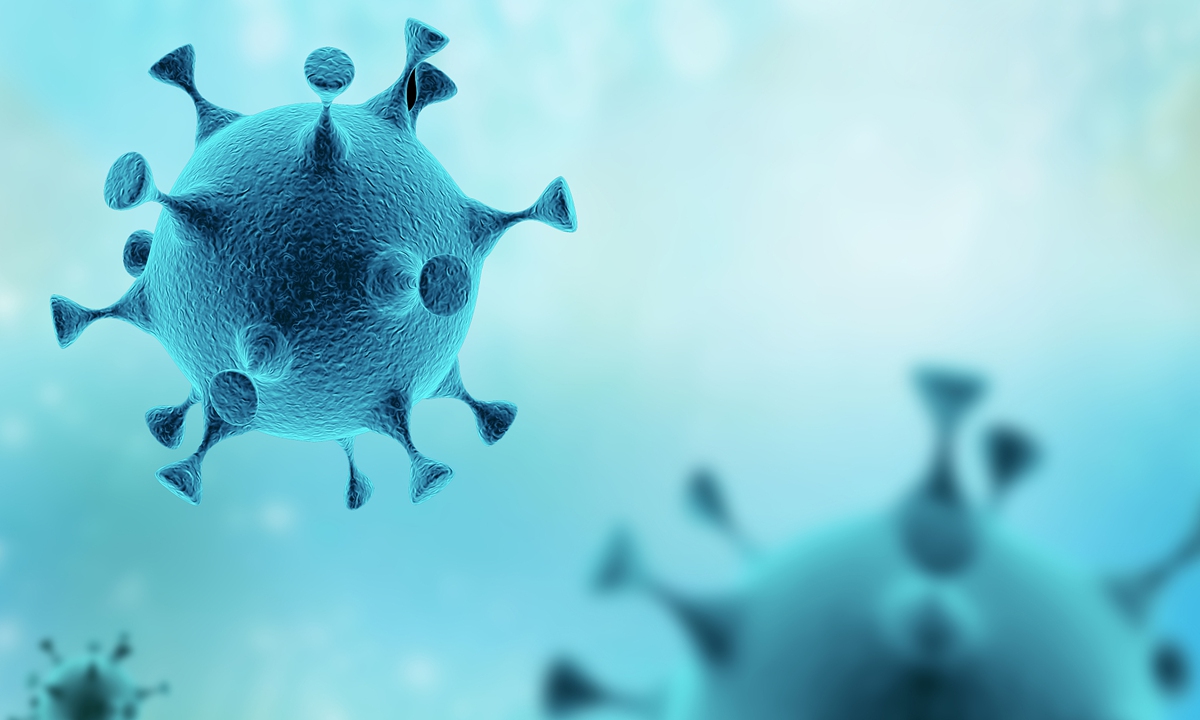Patient zero not always found among first cluster, so who and where is this person?
By Cao Siqi and Liu Xin Source: Global Times Published: 2020/8/12 1:20:32

Photo:VCG
A senior World Health Organization (WHO) official highlighted at the organization's most recent press conference that patient zero is not necessarily found among the first cluster of coronavirus cases, suggesting that Wuhan, where the first COVID-19 outbreak was reported in China, may very well not be the source of the epidemic and bringing the hunt for patient zero back into spotlight.
As the outbreak of COVID-19 continues to rattle the globe, many media reports have begun to focus on attempts to track down patent zero, as new evidence indicates that a number of patients outside of China had contracted COVID-19 before China confirmed its first case.
Michael Ryan, executive director of the WHO Health Emergencies Program, said at a virtual press conference that patient zero could have been someone outside China, and "that's why we have to keep an open mind," the Xinhua News Agency reported Monday.
The WHO official pointed out that the novel coronavirus is proving exceptionally difficult to stop - "it's difficult to recognize, it's difficult to distinguish between it and other syndromes unless we have adequate and immediate testing."
Noting that it can take decades to find patient zero, Ryan said it took years to find the first person who suffered from MERS, and it has never been fully established that SARS crossed the animal-human barrier.
Most scientists have reached a preliminary consensus on the origin of the novel coronavirus: it is a virus of natural origin, which may have existed in nature for a long time. The virus first came from a certain species of bat, and there may have been some kind of intermediate host before it was contracted by humans.
However, when, where and how the transmission process occurred remains unclear.
Patient zero refers to the first human infected by the coronavirus and identifying the patient can help address crucial questions about how, when and why the outbreak started and it can help prevent more people from becoming infected.
According to a study published by Chinese researchers in the Lancet medical journal, it was on December 1, 2019 that the first person was diagnosed to contract COVID-19 and that person had "no contact" with the Huanan Seafood Wholesale Market, where an outbreak was thought to have first come to light.
"That makes it difficult to find out the exact animal or host from which the virus jumped to humans," Wang Guangfa, a respiratory expert at Peking University First Hospital, told the Global Times.
"If we could track down the source of the coronavirus, we can avoid similar importation of the virus or others. It would tell humans that we should respect nature and not eat or touch animals recklessly," Wang said.
There are many clues that can be used to track down patient zero, but many people already have positive antibodies in their bodies, making it difficult to identify an infection event, said Wang.
It is also possible that patient zero is an asymptomatic patient, leaving no record to check, the expert said.
A team of researchers from the US, the UK, and Australia have identified two most likely ways in which the virus could jump from animals to humans based on genome sequencing.
In the first case, the virus naturally evolved to its current disease-causing state in a non-human host such as bats and then "hopped" into humans via an intermediate host. This is also the cause of previous outbreaks of other coronavirus. Humans became infected with SARS and MERS after direct exposure to civets and camels respectively. Researchers believe here is no record of direct transmission from bats to humans, suggesting that there may be an intermediate host between bats and humans.
The novel coronavirus passed from an animal host to human before it reached its pathogenicity, and then evolved into its current pathogenic state through human-to-human transmission, according to researchers, who also say finding the original animal host is key.
Ning Yi, Chief Science of Office from Meinian oneHealth Group and professor from Peking University, said if we learn which animal was the original or intermediate host, we can avoid contact with these animals.
By studying "patient zero" we can take steps to control the epidemic and avoid a new wave, Ning noted.
Experts noted that in human's fight against epidemic diseases in history, it is always a hard mission to trace "patient zero" and it is an absolute "lucky" thing to spot the first infection case.
The epidemiological investigation on "patient zero" cannot be accomplished at once - it usually includes diagnosis and confirmation of a case, deducing causes of infection, investigation on possible transmission, samples taking and testing and overall evaluation on the disease.
The search for patient zero in each affected country has proven a herculean task.
In the US, an analysis of samples from the autopsy of a 57-year-old woman who died suddenly in her home on February 6 revealed that she succumbed to the disease. The fact that she had not travelled outside the country means that coronavirus was spreading within the community by mid-to-late January, media reported in April.
In early July, analysis of sewage water samples from last November in Florianopolis, Brazil was found to contain traces of the novel coronavirus. The finding is two months earlier than the first official confirmed case of COVID-19 in the Americas on January 21, and much earlier than the first reported case in Brazil at the end of February.
Coronavirus was identified in sewage systems in Spain and Italy in 2019 before the first confirmed cases were reported in Europe earlier in 2020. As a result, many countries, including Spain, are now monitoring wastewaters for traces of coronavirus.
"The hunt to patient zero is a hunt for the source. The purpose is to answer how the virus came to the human world," Wang said.